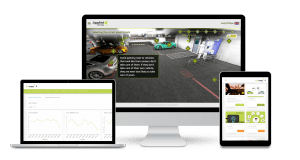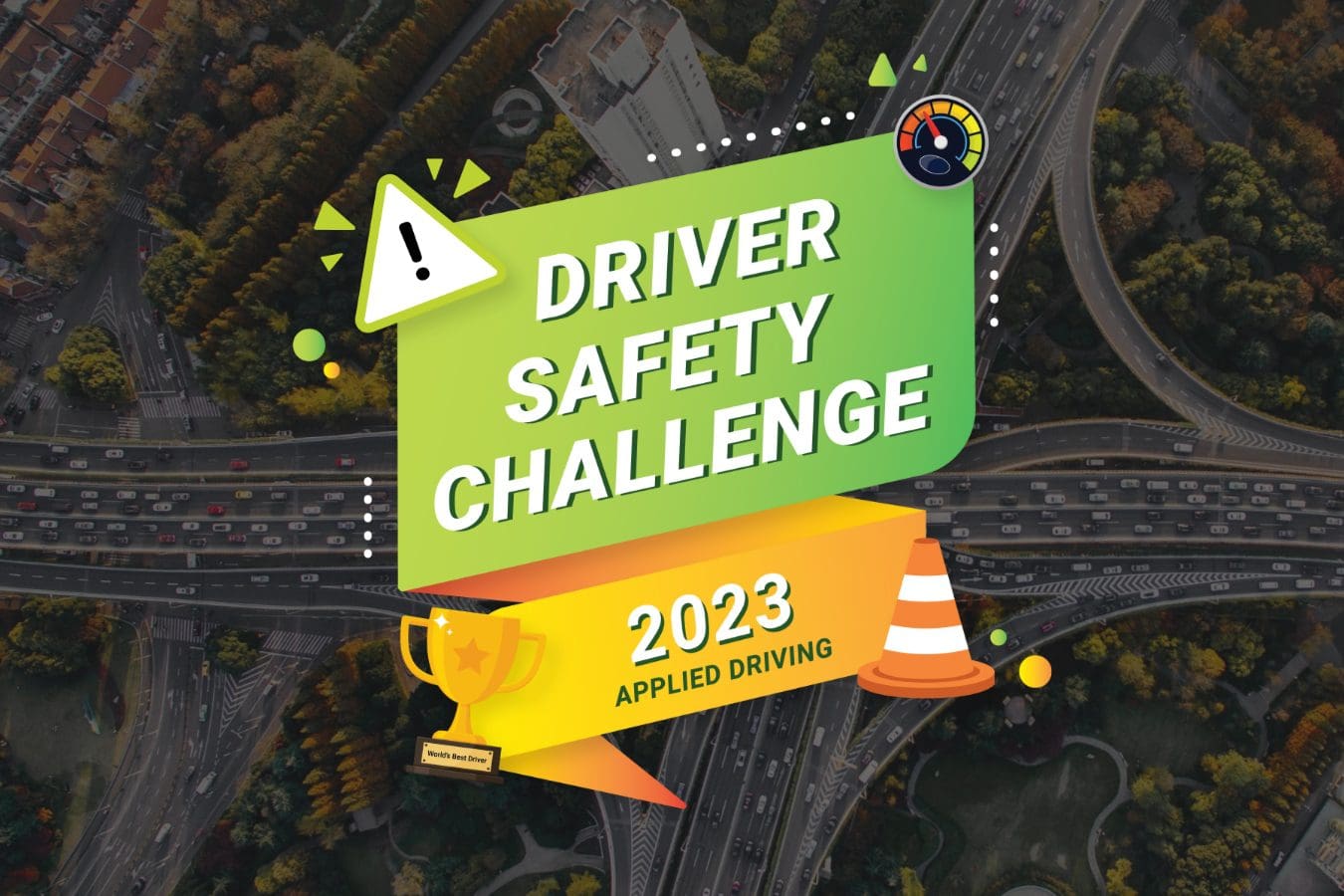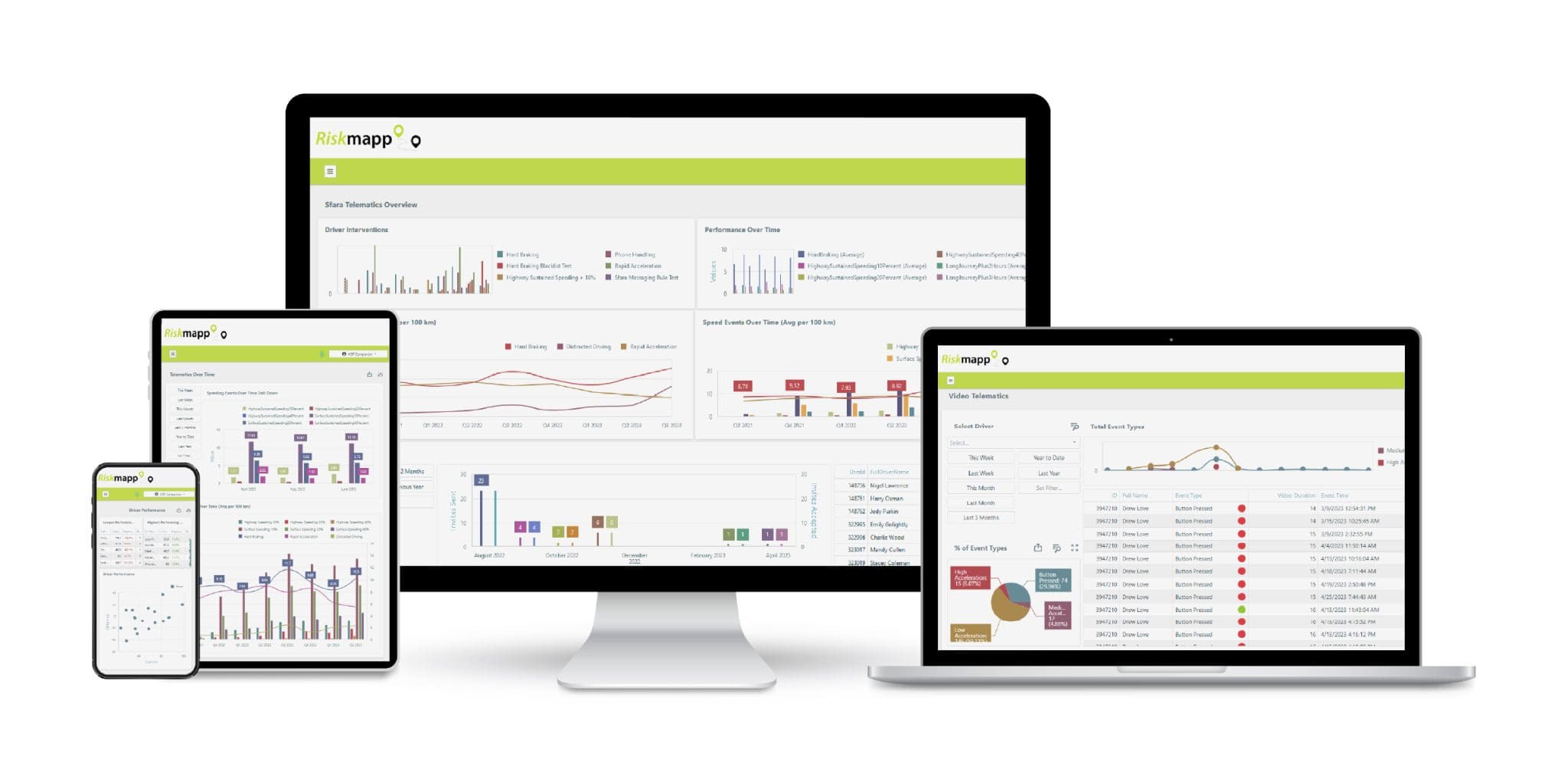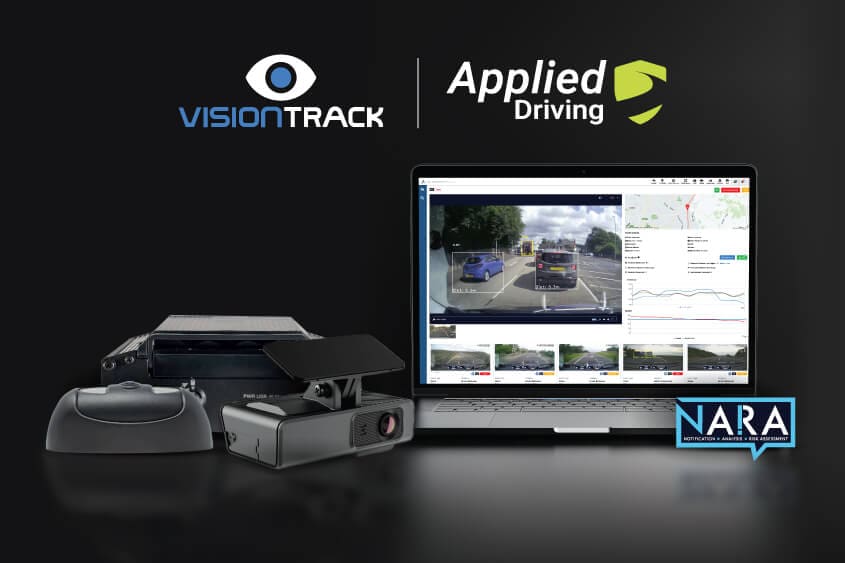Leadership in driver risk management takes many forms but there are two that stand out above the others.
The first is a solid and authentic commitment from those at the top of the business. The second is making that commitment public.
It is so important that the leaders in charge of the business clearly commit to supporting those responsible for managing driver risk and that they can put into words why driver safety is so important to them personally and to the business as a whole. This statement of intent is a great tool for supporting the creation of a strong culture of safe driving within the organization, especially when used as an introduction to the driver policy or handbook, or even printed out and hung in reception or put up on staff noticeboards and in staff newsletters.
Making that commitment public and sharing the results and business benefits of your work in the form of a case study gives everyone in the business pride in their contribution.
Of course, leaders to make sure their commitment is genuine, or it all falls down very quickly. A leader that states how important driver safety is, and then fails to take an interest or provide support when needed or, worse, actively goes against the policy such as failing to abide by a mobile phone policy or failing to pull up employees who don’t meet the standards, will quickly lose the support of the workforce and the culture will fail.
Central to leadership is that the organization understands at the board level what is going on with the fleet and its drivers. This means directors must take a keen interest in:
- Collision frequency, severity, and cost
- Staff absence and vehicle downtime from incidents
- Likely impact on fleet insurance costs
- Uninsured damage repairs
- Maintenance and servicing costs
- Fuel use and efficiency
There may well be other things to report too depending on the size and complexity of your fleet.
Reporting is essential because it shows what needs addressing to keep the fleet running in a compliant and efficient way. It keeps focusing where it’s needed and prevents time from being wasted on the wrong things.
It is vital for directors because they have the ultimate legal responsibility. It is they who’ll be called to account if it all goes wrong. Risk management duties can be delegated to a fleet manager or safety manager, but the ultimate duty of care cannot. Directors have a moral responsibility for ensuring that nobody gets hurt in the normal operation of the business and they also have a financial duty to shareholders and staff to ensure that the business doesn’t waste money – and poor management of drivers and vehicles can waste an awful lot of money!
Reporting allows you to set baselines and metrics. It allows you to track trends in both collision rates and operational costs. It also provides the basis for developing, implementing, and tracking plans to rectify adverse trends.
There’s no set frequency for reporting but it does need to be regular – maybe every quarter, or every 6 months at most, depending on when you can easily get hold of the relevant data. Get your insurers to agree to provide regular reports on claims activity to help with this.
Regular reporting means:
- You’ll know where your time needs to be spent to get the best results
- Ability to quickly analyze and act on fleet trends
- You’ll be better able to control both risk and cost
- Directors will be aware of the issues you’re dealing with
- You’ll be confident you’re making a positive difference
Regular reporting also means you’ll be able to create a fantastic case study that can be shared to promote the great work you’ve been doing – something that’s becoming increasingly important in winning new work and attracting great talent.
If you’d like to learn more about what you and your organization should be doing and whether you have any gaps in your driver risk management, join Driving for Better Business free program at www.drivingforbetterbusiness.com. They have a wealth of free online tools and resources to help you understand where your priorities should be to reduce risk, control costs and improve efficiency.
By Simon Turner, Campaign Manager for the Driving for Better Business program














